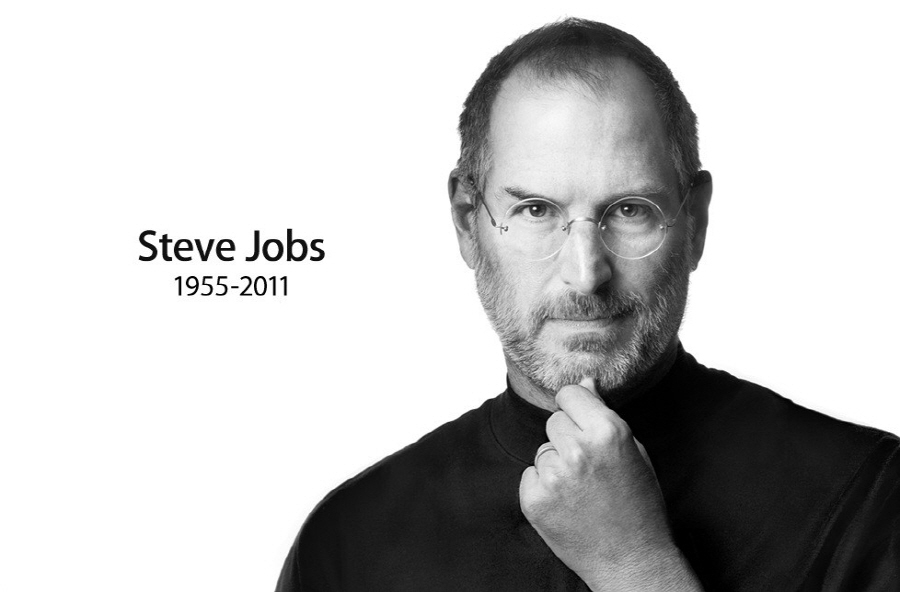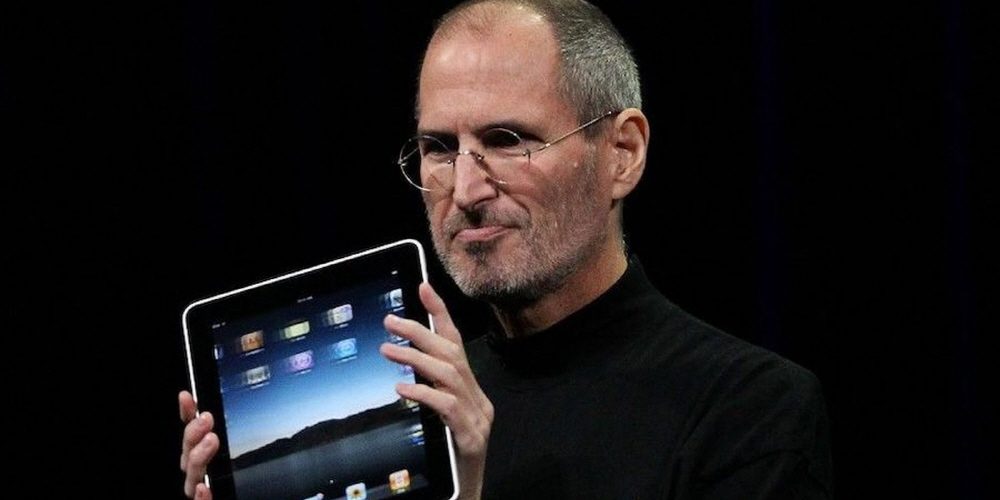
Steve Jobs, the co-founder of Apple, is regarded as a charismatic manager for growing Apple into a $1 trillion company on the verge of bankruptcy. It is pointed out that Jobs’ achievement was fundamentally changed by reviewing the corporate structure, and it is said that the novel management method has succeeded Apple.
In the sociological law of the labor of members of the organization, there is the Peter Principle. Peter’s Law is that a person raises his or her abilities to the limit and is promoted, but when it reaches the limit, he becomes incompetent and the manager becomes an incompetent complete set. Many companies have a big problem with Peter’s Law.
When Jobs returned to Apple in 1997, Apple had 8,000 employees and annual revenue of 70 billion won. But soon after returning to Apple, Jobs reexamined its corporate structure, solved the problems of Pinner’s Law and gained greater success. As a result, Apple has grown into a conglomerate with 137,000 employees and $260 billion in revenue by 2019.
This is what Jobs started right after returning to Apple. The first is to break through the existing corporate structure. When Jobs returned to Apple, Apple, like many companies, divided its business by product. Mac, for example, existed as a business unit, and while he was the general manager, he had independent financial management including income statements. Due to this structure, general managers tend to rely solely on short-term profits without long-term prospects, since they are only responsible for their overall business expenses and profits.
Jobs abolished an independent business unit that handled these income statements separately. Since 1997, Apple has only had one income statement for the entire company.
Second, the manager is fired. While organizing the business, Jobs built an organization by function. At the same time, not a professional manager, but a product expert made by a company was employed as the manager. This is based on the experience that before leaving Apple, Jobs hired a management pro with the idea that Apple was becoming a big company, but it didn’t work at all.
Jobs said in an interview that they knew how to manage, but didn’t know anything else. He asked what he would learn from a person who couldn’t get anything, he said, “I thought about what an outstanding person needs as a manager, but I haven’t thought about it, but no one does it, but a person who can decide what must be done,” he said. . For this reason, Jobs did not hire executives, but rather educate experts and take over management positions.
By firing executives who could only manage them, training experts on management, Apple clarified the characteristics that executives should have. From 1997 to 2020, Apple executives had to be someone who could be involved in their field with discipline-specific expertise and be able to collaborate with colleagues on decision making.
Apple in 2020 is not the same as Apple in 1997, but Tim Cook continues to maintain a single income statement at this point. However, there are also areas where Timcook CEO changed the organizational structure. For example, the Human Interface team was once part of the software division, but integrated with the hardware industrial design team. By combining different expertise, they became more complementary. In addition, the necessity of the Mac printer-related division that required human resources in the 1990s has already disappeared, and instead, the need for machine learning and AI-related departments is increasing. As such, the areas to be focused change according to the times, and organizational adjustments are being made according to these changes.
The work that managers need to do is increasing year after year, but the way Apple makes decisions by those who really understand the specialty hasn’t changed. This is the analysis that this is the secret to how Apple can continue to innovate and sustain great innovation. Related information can be found here .


















Add comment